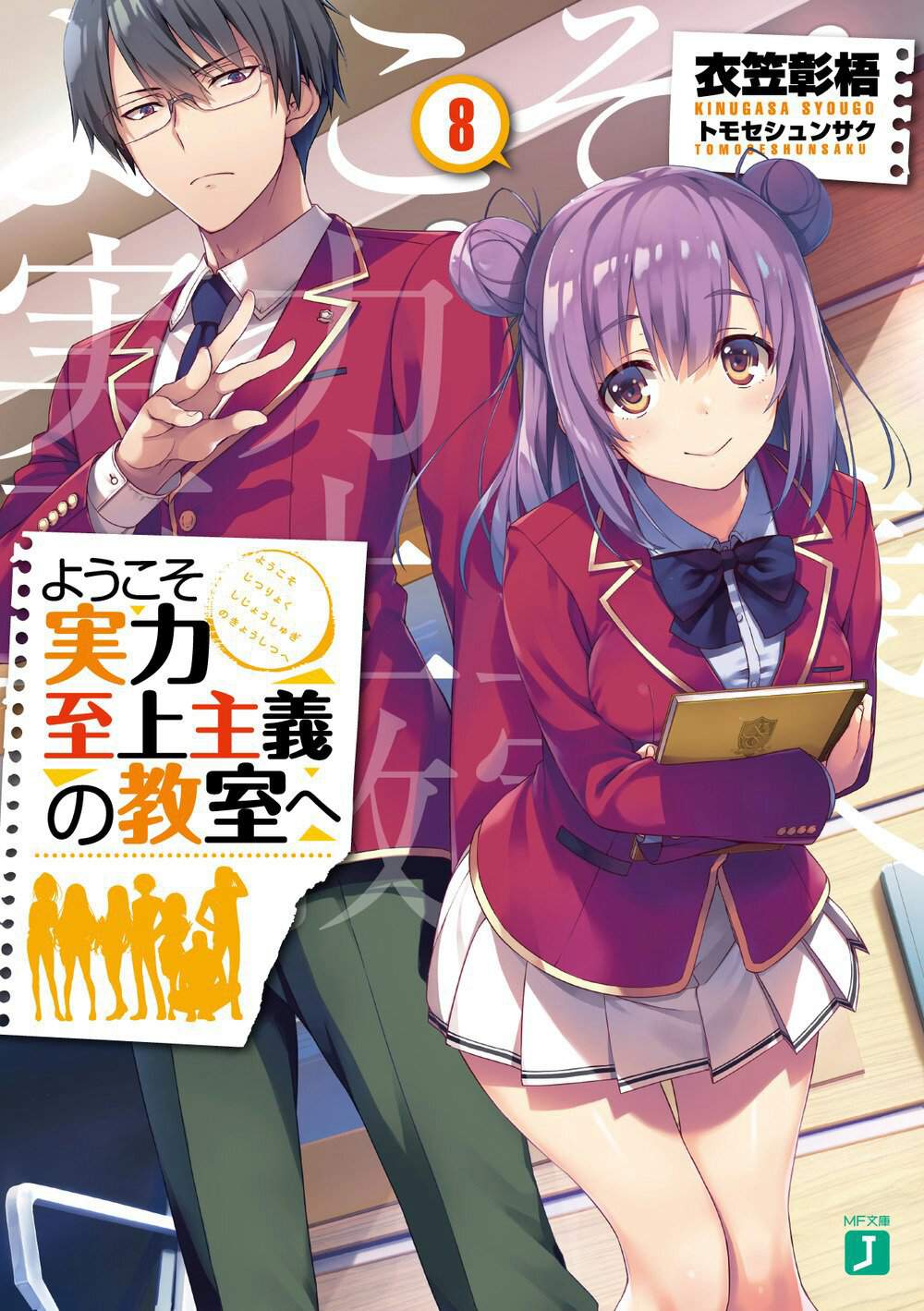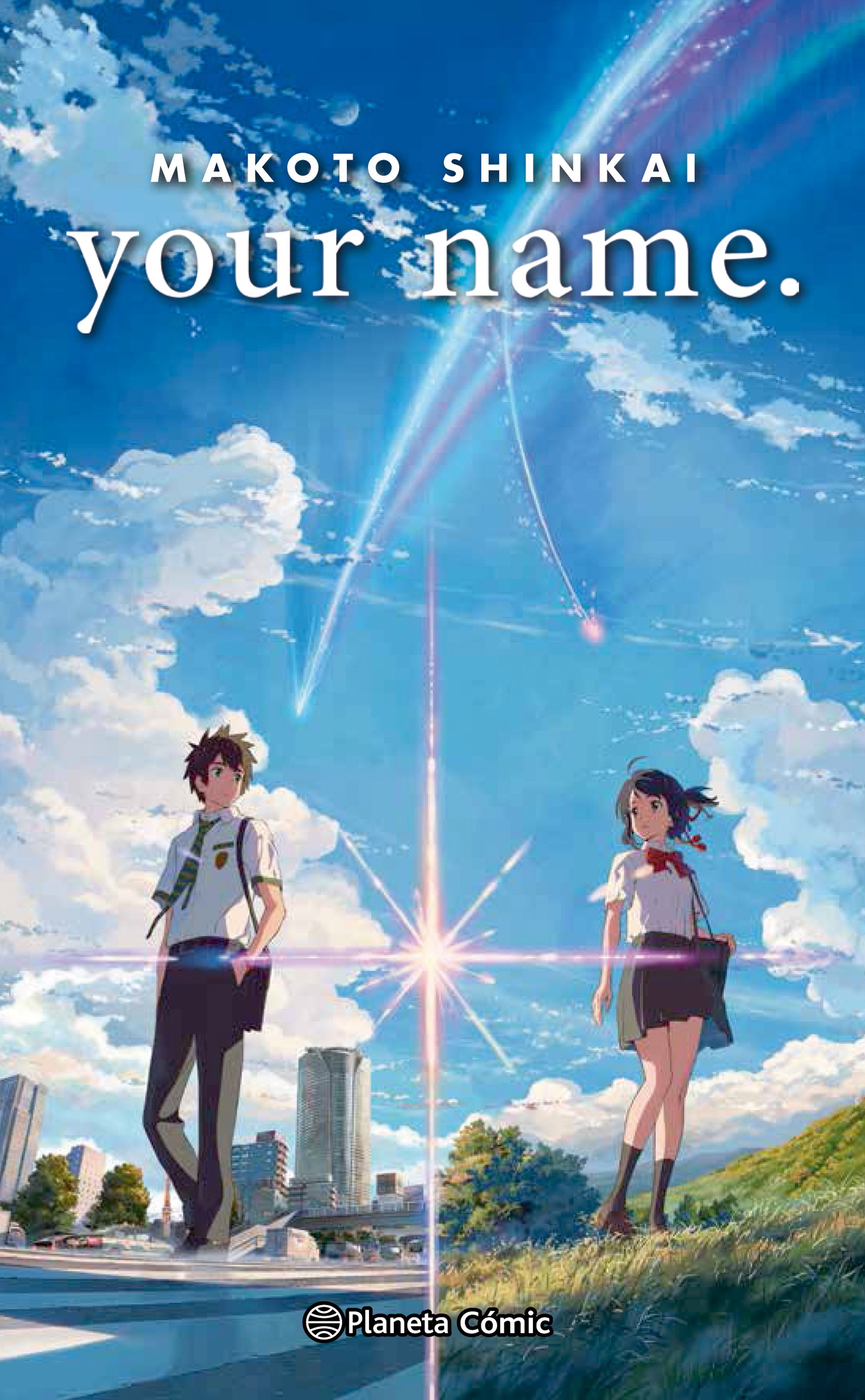


A passion for anime has led some fans, or aficionados as they are referred to in this book, to make personal translations of anime, to don the costume of beloved characters, and to undertake anime ‘pilgrimages’. This is intriguing as many Japanese anime directors and studios initially created works that were not aimed at a Western audience at all. There have always been anime lovers in the West, but today that number is growing exponentially, with numerous anime clubs, festivals and related events been organised the world over. These have been influenced and inspired by various historical and cultural phenomena, one of which, Japanese native religion and spirituality, this book argues is an important and dominant although Buddhism, Christianity and a range of mythologies also feature. Over time the number of anime genres and generic hybrids have significantly grown. © Cambridge University Press 2009 and Cambridge University Press, 2010.īarely a century has passed since anime (Japanese animation) was first screened to a Western audience. Japan's anime industry is large and continues to grow overseas. However, while manga established the roots of this style during the postwar period, it was through anime that a broader global audience became aware of a distinctive Japanese visual culture. In many cases manga defined the template for the key genres - shōjo, shōnen, gekiga, and so on (see Table 13.1) - which have come to dominate the wider popular culture of Japan today. Many consider manga to be the origin: the creative vitality that spawned anime, and later video games and merchandising spin-offs.

While this chapter will refer to both mediums interchangeably to reflect their mutual contribution to Japan's contemporary visual culture, it is important to distinguish between them and acknowledge their differences as well as their similarities. While manga and anime are not identical fields - manga can be loosely defined as Japanese comic books, while anime encompasses the breadth of Japanese animation - they have become synonymous with a distinct Japanese contemporary visual culture and aesthetic in the eyes of many media and culture scholars and commentators around the world. Manga and anime are at the centre of significant innovations and cultural debates in Japan.


 0 kommentar(er)
0 kommentar(er)
